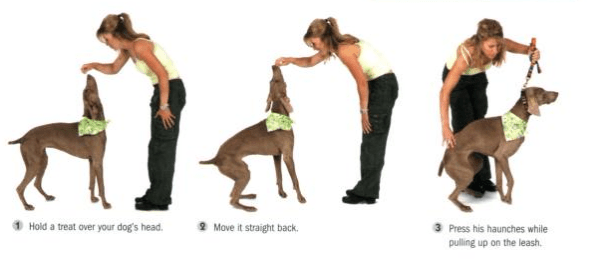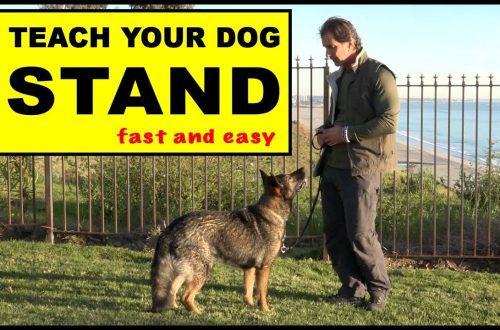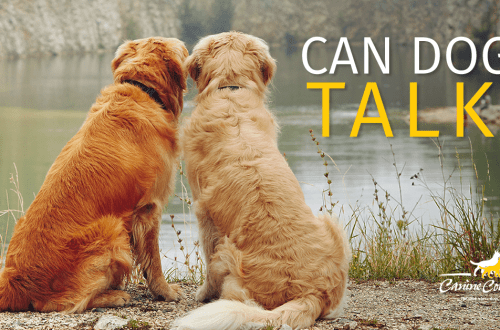
How to teach your dog the sit command?
Contents
Where can this come in handy?
This skill is included in all disciplinary training courses and in almost all disciplines of sports with a dog;
The landing of the dog helps to fix it in a calm position and, if necessary, leave it in this position for a certain time;
When teaching a dog to demonstrate the dental system, when practicing the “moving side by side” technique, retrieving, fixing the dog at the leg, the landing skill is necessary as an auxiliary technique;
Landing is used to fix the dog during the development of discipline at the “excerpt” reception;
In fact, by teaching the dog the “Sit” command, you gain control over him and at any time you can use the landing to care for the ears, eyes, coat of the dog, you can give him a calm state when putting on the collar and muzzle, restraining his attempts to jump on you or run out the door ahead of time, etc.
Having taught the dog to sit, you can quite successfully work out the skills of showing attention with it, teach the “Voice” command, the “Give paw” game technique and many other tricks.
When and how can you start practicing a skill?
After accustoming a puppy to a nickname, the “Sit” command is one of the first ones that he will have to master. Therefore, it is necessary to start practicing this technique almost from the very beginning of your interaction with the puppy. Puppies quite easily perceive this technique and very quickly understand what is required of them.
What do we have to do?
1 method
To work out the landing in the first way, it is enough to use the puppy’s desire to receive a tasty reward. Take a treat in your hand, demonstrate it to the puppy, bringing it to the very nose. When the puppy shows interest in what you have in your hand, say the command “Sit” once and, raising your hand with a treat, move it slightly up and back behind the puppy’s head. He will try to follow his hand and involuntarily sit down, since in this position it will be much more convenient for him to watch a tasty piece. After that, immediately give the puppy a treat and, after saying “okay, sit”, stroke it. After letting the puppy stay in a sitting position for a while, reward him with a treat again and say “okay, sit down” again.
While practicing this technique, make sure that the puppy, trying to get a treat faster, does not rise on its hind legs, and reward only when the landing technique is completed.
Initially, the technique can be worked out while standing in front of the puppy, and then, as the skill is mastered, one should move on to more complex training and teach the puppy to sit at the left leg.
In this situation, your actions are similar to those described above, only now you must hold the treat exclusively in your left hand, still bringing it behind the puppy’s head, having previously given the “Sit” command.
2 method
The second method is more suitable for practicing the skill with young and adult dogs, although the first training option is also possible when working with them. As a rule, the second method is applicable to dogs for whom the treat is not always interesting or they are stubborn and to some extent already display dominant behavior.
Place the dog at your left leg, first taking the leash and holding it short enough, close to the collar. After giving the command “Sit” once, with your left hand press the dog on the croup (the area between the root of the tail and the loin) and encourage him to sit down, and with your right hand at the same time pull the leash to make the dog sit down.
This double action will encourage the dog to follow the command, after which, after saying “ok, sit”, stroke the dog with your left hand on the body, and give a treat with your right hand. If the dog tries to change position, stop it with the second command “Sit” and all the above actions, and after the dog has landed, again encourage him with a voice (“okay, sit”), strokes and treats. After a certain number of repetitions, the dog will learn to take a position sitting at your left leg.
Possible errors and additional recommendations:
When practicing the landing skill, give the command once, do not repeat it several times;
Get the dog to follow the first command;
When practicing a reception, the command given by voice is always primary, and the actions you perform are secondary;
If you still need to repeat the command, you should act more decisively and use a stronger intonation;
Over time, it is necessary to gradually complicate the reception, starting to work it out in a comfortable environment for the dog;
Regardless of the chosen method of practicing the technique, do not forget to reward the dog with treats and strokes after each execution, telling her “it’s good, sit down”;
It is very important not to distort the command. It should be short, clear and always sound the same. Therefore, instead of the “Sit” command, you cannot say “Sit down”, “Sit down”, “Come on, sit down”, etc .;
The “landing” technique can be considered mastered by the dog when, at your very first command, it sits down and remains in this position for a certain amount of time;
When practicing the “landing” technique at the left leg, you must strive to ensure that the dog sits exactly, parallel to your foot; when changing the position, correct and correct it;
Do not practice frequent rewards with treats until you are sure that the dog has performed correctly, and reward him only after the action is completed;
After a while, complicate the practice of the reception by transferring classes to the street and placing the dog in more difficult conditions in terms of the presence of additional stimuli.
November 7, 2017
Updated: December 21, 2017





